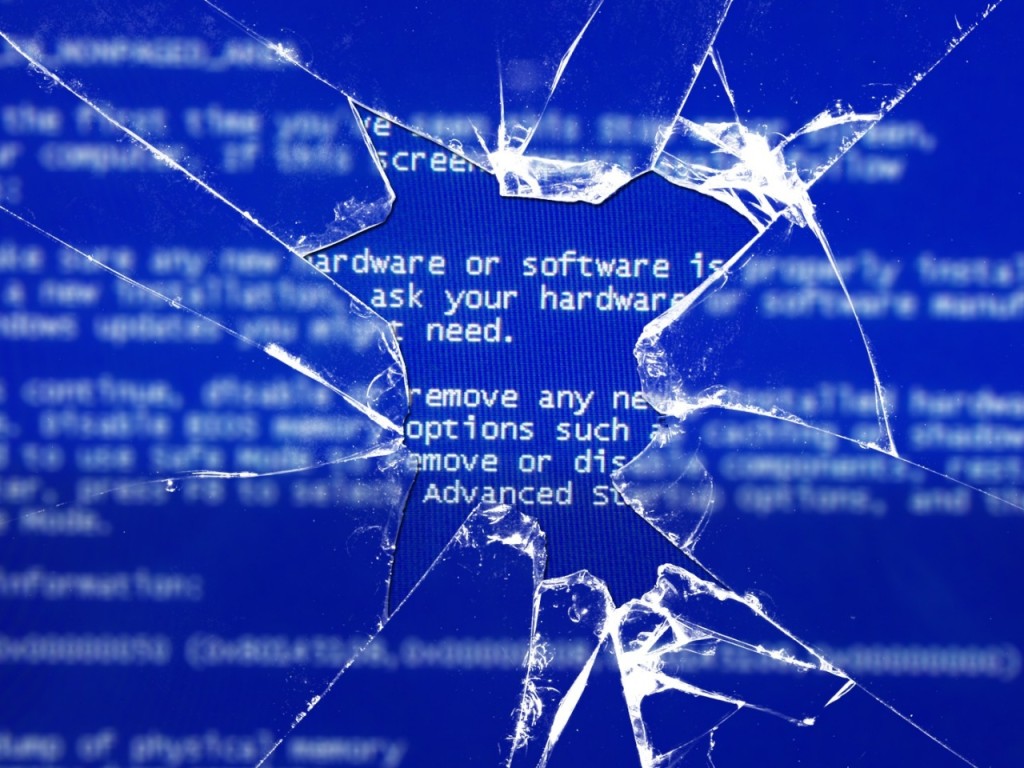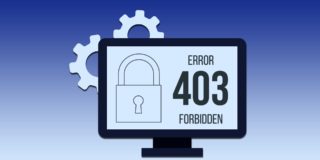Five Tools To Help You Troubleshoot Your Blue Screen Of Death

I think a lifetime using Windows PCs has made me hate the color blue. It’s come to be the color I associate with misfortune; the blue-on-white to me signifies little more than pure dread. Many of you probably share my sentiments. After all, the well-known critical stop error has been around for as long as most users can remember. Although it’s more pervasive on some operating systems than it is on others (in Windows Me, for example, you could hardly turn on the computer without getting hit in the face with a stop error), it’s always been a part of the Windows experience; just like the cryptic error messages that inevitably pop up with it.
Funny thing about those error messages…if you can actually figure them out, they can go a long way towards fixing your computer. Yeah, see…that’s the nastiest thing about blue screens. Although they can occasionally come about as a result of a poorly optimized or coded program, They almost always signify that there’s something wrong with your system. It could be something as simple as a corrupt driver, or as serious as a dying hard drive. Either way, you want to find out what’s wrong as soon as possible, in order to minimize the time you have to spend without a computer.
Here are a few apps that can help you along with that.
Windows Event Viewer
I’ve included the Windows Event Viewer on the list for completion’s sake. To be entirely honest, I don’t find it to be terribly useful when it comes to troubleshooting my system. It can give a general idea of what happened, true, but the information’s usually too general to be of much use to anyone. Event Viewer on its own is usually only good for telling you when errors happened, rather than what caused them. You can access the Event Viewer through the control panel.
Whocrashed
Now we’re getting somewhere. Whocrashed, which is, available as a free download, scans your dump files and provides an estimation of what caused your system to crash in the first place; predicting whether the fault was hardware or software related. It also provides the bug check code, the error message, and the path of the file which ultimately caused the error to take place. There’s also a more advanced version, which provides a more detailed analysis using symbol resolution. You can find both versions on the official website.
Blue Screen View
Bluescreen View is a little more advanced than Whocrashed, and provides you with the ability to examine in-depth all the files associated with a blues screen of death. Like Whocrashed, it provides you with all the basic information concerning your system’s bork-out, but on top of that it also allows you to save your dump files as text and view a fairly comprehensive analysis of what might be related to your BSOD. Unfortunately, it’s notoriously bad at catching certain kinds of errors (particularly those involving corrupted drivers), so you might honestly be better off using something like Windbg (available through the Windows SDK).
Windows Memory Diagnostic
If you’re concerned you might be dealing with some corrupt software, your best bet is to run some of the on-board utilities Microsoft has included with all Windows installations. Simply pop open the Windows Command Prompt (type “cmd” into the start menu search bar), and then proceed to type /chkdsk /r, followed by sfc /scannow. Once both tests have run in their entirety, check the results. If there was any corrupt files or serious errors found, you may have just tracked down the source of your BSOD.
Memtest86+
You’d be surprised how many BSODS are actually related to faulty RAM/bad memory. Seriously. You would. That’s where Memtest86 comes in. This utility runs a full gauntlet of tests on your system’s memory, poring over every single stick of RAM in order to determine if there’s anything faulty. Its main weakness is how long it tends to take. A full seven passes with Memtest (which is the recommended number) can last anywhere from a few hours to a few days, depending on what sort of system you’re running. Still, if you’ve got failing hardware, Memtest might be able to nail it down. Check here for the tool, which can either be run off a USB stick or a burned CD.
















